Plainbelly Water Snake (Nerodia erythrogaster)
Alternate names: Plain-Bellied Watersnake
by Jeff LeClere
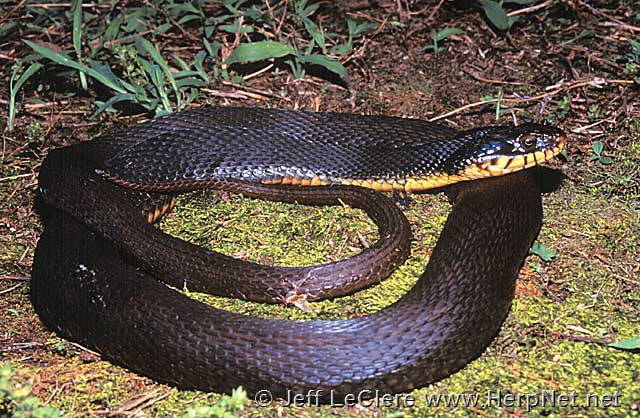
Status
ENDANGERED and Species of Greatest Conservation Need. It is illegal to kill or collect this species by law in Iowa. One of Iowa’s rarest snakes, they may be found in swampy habitats in southeastern Iowa. Records are few for this snake and any reports would be appreciated. Please send reports to us or the Iowa DNR.
Note that the northern population of the plainbelly water snake (or copperbelly water snake) is listed as threatened by the U.S. Fish and Wildlife Service as a distinct population segment (DPS). This area consists of populations north of the 40th Parallel, in Indiana, Michigan, and Ohio. The Iowa population is situated within this area and should be included in this DPS, however, it is apparently not currently recognized by USFWS.
Description
Harmless to humans. Plainbelly water snakes are a medium sized Iowa snake. They range in length from 30 – 48 inches (Conant and Collins, 1998) and may be quite heavy bodied as adults. Adult plainbelly water snakes have a dark brown or black dorsum with no markings, even when wet. The belly is orange or red and is unmarked except for dark pigment that is sometimes present on the edges of the ventral scales. The labials also share the distinct coloration of the belly, and may also have dark suture lines.

Newborn plainbelly water snakes look much like northern water snakes and have a gray or very light brown ground color with striking black or dark brown bands and blotches. The crescents on the belly of the young usually have no red but are solid black or brown instead, and there may be a light pink wash on the belly. They change to the adult coloration quickly; specimens only one or two years old are marked like adults.
Subspecies
No subspecies are currently recognized. Formerly the subspecies listed in Iowa was the copperbelly water snake, Nerodia erythrogaster neglecta, as the subspecies found in Iowa (Christiansen and LeClere, 2002).
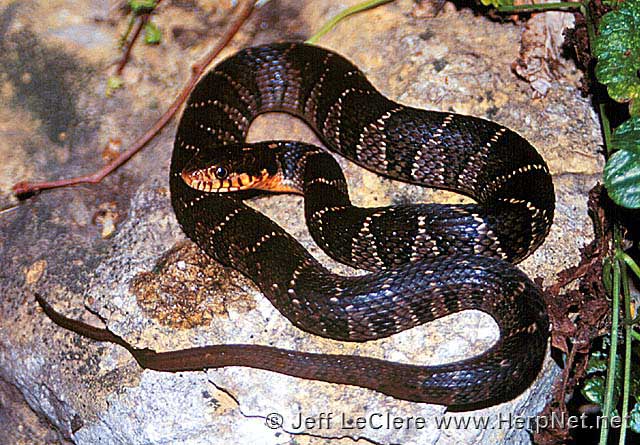
Range
The plainbelly water snake is found in only a few scattered locations close to the Mississippi River in southeastern Iowa. This is one of Iowa’s rarest snakes and any specimens seen in Iowa should be reported to us or the DNR. Ventral coloration is extremely important in the identification of this species and reports should include photos or a clear description of the belly, including road-kills.
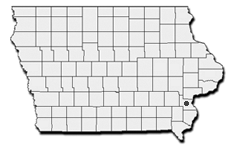

Habitat
The plainbelly water snake may be found in the Mississippi river itself, or on one of the islands. Inland habitats consist of backwaters, pools in wet woodlands, rivers, ponds, sloughs, lakes, dams; any waterway closely associated with the Mississippi River.
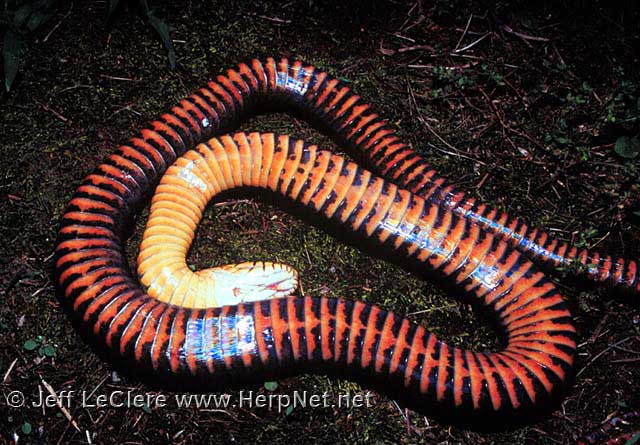
Habits
Plainbelly water snakes are similar to the other water snakes in habits. They are active from April to October and begin breeding soon after emergence. Many males may court one female at the same time. The females are usually quite a bit larger than the males. The pair usually will select a basking perch such as a shrub or branch overhanging water for copulation. Matings have been observed on the banks or even in the water, however. During breeding, both snakes may make undulating movements with their bodies and the pair may remain locked up for an hour or more.
Young are born alive in late June into August. They are roughly 6 – 10 inches at birth and are pugnacious like the adults. Minton (1972) reports litters of 8 to 37 from specimens from Indiana.

Plainbelly water snakes are reported to wander farther distances from the waters edge than other water snake species. Specimens may be encountered in wet forests moving from pool to pool. They are most likely seen basking in shrubs, fallen trees, or vegetation over the water. They may also bask on the banks and use rocks, logs, or other debris for shelter. They seem to be more wary than northern water snakes and will slide into the water at any disturbance. They are also more likely to stay submerged after fleeing. They are mainly diurnal.
When caught, they will flatten their jaws and bodies. They release musk and strike viciously. Their bite will draw blood. Even after some time in captivity, they will still strike, although a very few may calm down. Plainbelly water snakes are harmless! The famous, and venomous, cottonmouth (or water moccasin), Agkistrodon piscivorus, is not found in Iowa. The farthest north cottonmouths have been recorded is central Missouri.
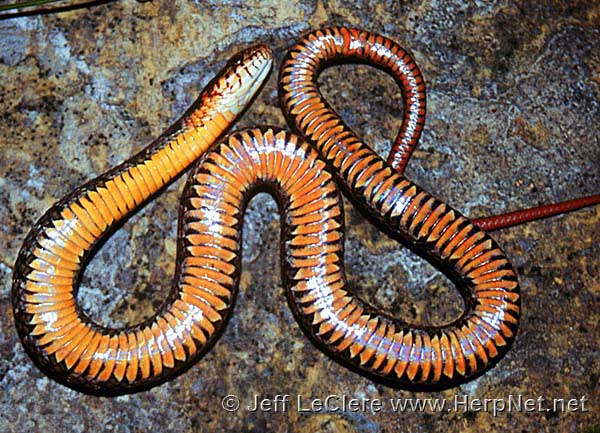
Food
Plainbelly water snakes are active hunters. They feed on a wide variety of animals associated with water. Amphibians seem to be the favored food, but fish, baby turtles, young snakes, worms, leeches, insects, crayfish, and mammals have also been reported as being consumed. A wider variety of prey is utilized at higher temperatures. They probably eat small meals every day or every other day and hunt by patrolling the water next to the shore for food. These snakes are not constrictors and simply swallow prey alive.